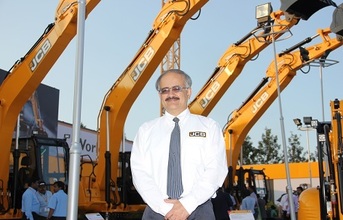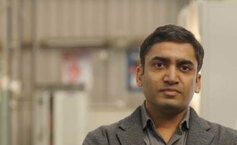
Almost every second construction equipment sold in India today is a JCB machine. And it has been like this for almost seven to eight years. From construction projects to mining sites, and from urban missions to rural programmes, the machine is ubiquitously present across the country. In fact, the brand has now become a generic name to the extent that it is a common practice amongst government departments, municipal corporations and contractors to mention JCBs (to simple mean construction equipment) in their tenders or contracts.
Maintaining market leadership in the segment since 2006-07 is indeed a long time by any standard. It is more so when many of these years have been accompanied by a distinct recessionary trend not just in the infrastructure sector but also across the entire economy. So what has been the key to this leadership, we ask Vipin Sondhi, MD & CEO, JCB India Ltd. "Keeping our customer at the heart of every decision we take", is the quick and simple answer.
Driven by innovation
According to Sondhi, JCB is a customer driven company and all efforts intend to satisfy the customer in the best possible manner. JCB's success story is based on hard work and innovation. "We design our products after taking constant feedback from our clients so that we have a clear understanding of what our customer needs. Hence, we have always been the preferred choice. We understand the need to continually innovate, keeping our existing product-line abreast with latest technology and therefore, we invest heavily in R&D," Sondhi elaborates.
| JCB has seen exponential growth in exports in the past few years - 82 percent in 2013 over 2012 and slightly higher at 85 percent in 2012 over 2011. |

































